1.IKEA’s “Welcome to the Independent Republic of Your Home”
Response to Apple (2020)

In 2020, IKEA playfully responded to Apple’s announcement of a new line of home products with an ad campaign featuring the slogan, “Welcome to the Independent Republic of Your Home” IKEA’s ad showed its smart home products and directly referenced Apple’s sleek and minimalist design style, using language that mirrored Apple’s branding. Without directly naming Apple, IKEA cleverly positioned its affordable home solutions as a stylish and independent alternative to Apple’s higher-priced products. This ad acknowledged Apple’s influence in the tech and home space while playfully positioning IKEA as a smart, budget-friendly competitor in the smart home market.
2. Audi’s Billboard War with BMW (2009)
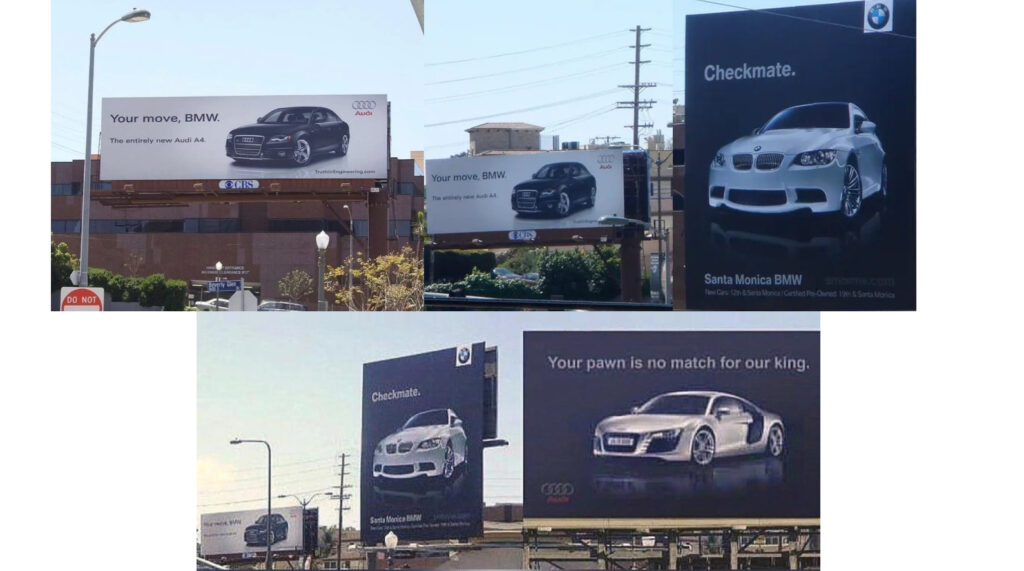
In 2009, Audi launched a cheeky billboard campaign with a slogan, “Your move, BMW” implying a challenge to its competitor. In response, BMW put up a massive billboard nearby that simply read “Checkmate” This witty exchange captured public attention, with both brands benefiting from the playful yet competitive rivalry. It was a memorable demonstration of how even competing brands can play off each other’s strengths in a way that keeps audiences engaged, with the back-and-forth becoming legendary in advertising circles for its lightheartedness.
3. Pepsi’s Halloween Ad Featuring Coca-Cola (2013)
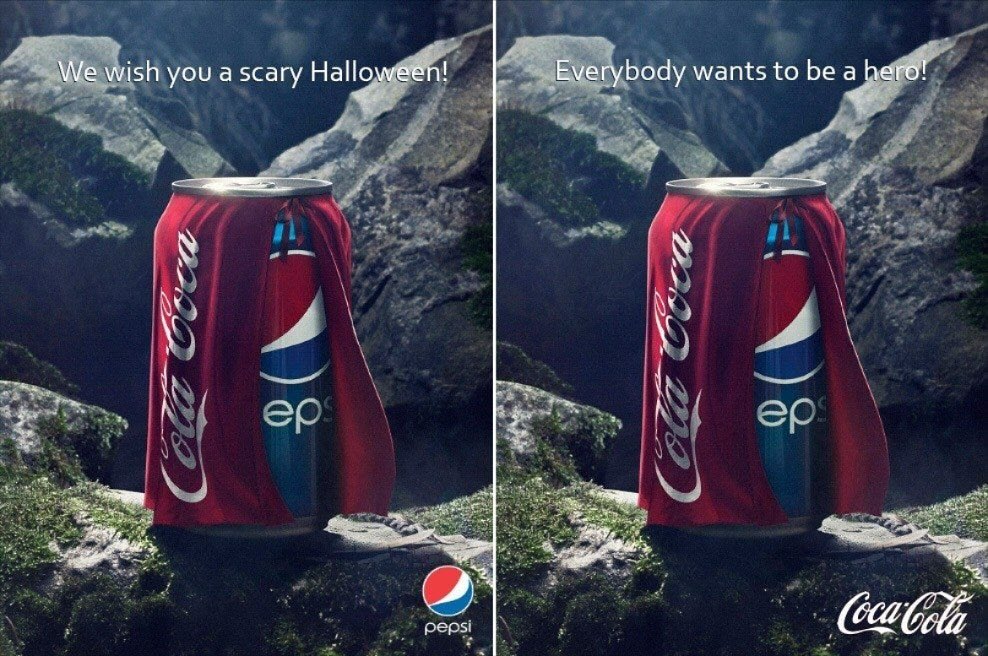
In a Halloween-themed ad, Pepsi dressed up a can in a Coca-Cola cape, implying that it was pretending to be something scarier for Halloween. The slogan read, “We wish you a scary Halloween.” Coca-Cola later responded with a clever twist: the same image but with the caption, “Everybody wants to be a hero” flipping the narrative to suggest that even Pepsi wants to be like Coke. This humorous exchange between the two soda giants demonstrated how even fierce rivals could engage in playful marketing without being overly antagonistic.
4. Samsung’s “Ingenious” Campaign Targeting Apple (2018)
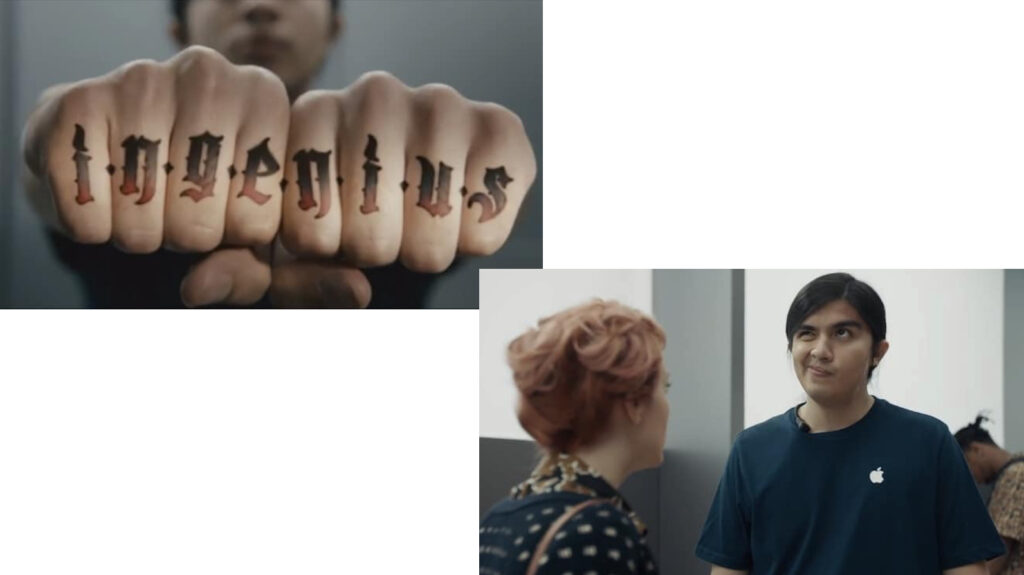
In 2018, Samsung launched a campaign directly mocking Apple’s iPhone X. The series of ads, titled “Ingenious, ” featured a parody of an Apple Store with a fake “Apple Genius” who struggles to defend the limitations of iPhones compared to Samsung’s Galaxy S9. This direct comparison highlighted specific advantages Samsung believed its phones had, such as faster speeds and headphone jacks. The campaign took a light jab at Apple’s ecosystem, positioning Samsung as a brand offering greater freedom and innovation, thereby turning Apple’s strengths into perceived weaknesses.
5. Apple’s “Get a Mac” Campaign Targeting Microsoft (2006-2009)
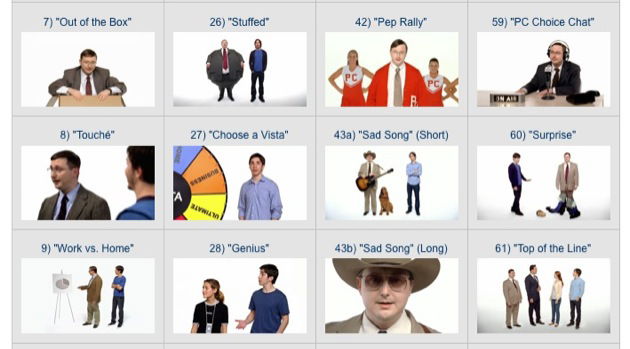
Apple’s “Get a Mac” campaign was a series of TV commercials that humorously pitted a young, casual character representing a Mac against a stodgy, older character symbolizing a PC. This campaign, while directly comparing Apple to Microsoft, managed to promote Apple’s products by emphasizing user-friendliness, design, and the Mac’s immunity to typical PC problems like viruses. By framing the conversation around personality, Apple indirectly acknowledged the strengths of its competitor while positioning itself as the cooler, more innovative choice, leading to a significant boost in Mac sales.
6. Wendy’s Twitter Roasts McDonald’s (2017)

Wendy’s has become famous for its sassy and humorous Twitter account, often poking fun at McDonald’s. In 2017, Wendy’s called out McDonald’s for announcing that by 2020, all its burgers would be free of frozen beef. Wendy’s sarcastically tweeted, “So you’ll still use frozen beef in MOST of your burgers ALL of the time? Asking for a friend”. This tweet not only highlighted Wendy’s commitment to fresh beef but also cleverly drew attention to a perceived flaw in McDonald’s strategy, using humor to position itself as a superior alternative.
7. Tesla’s Supercharger Billboard Near a Shell Gas Station (2015)
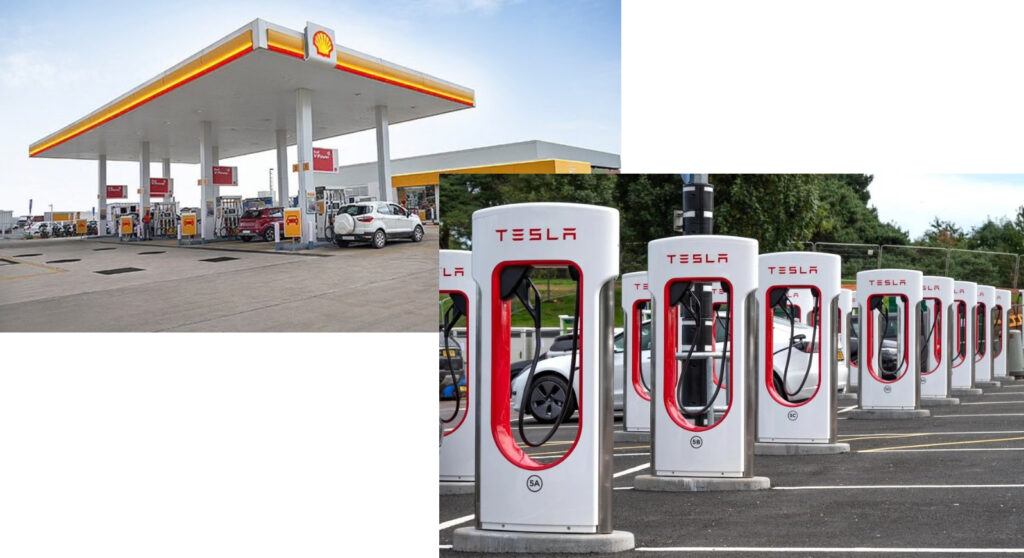
In 2015, Tesla cleverly placed a billboard near a Shell gas station that highlighted its network of Supercharger stations. The ad playfully pointed out the convenience of Tesla’s electric vehicle infrastructure compared to traditional gas stations. By placing the ad directly next to a major fuel competitor, Tesla highlighted the benefits of electric vehicles, drawing attention to the growing shift away from fossil fuels. This tactic directly engaged with traditional car manufacturers, indicating Tesla’s forward-thinking approach while simultaneously acknowledging the competition
8. Microsoft’s “The Scroogled Campaign” Targeting Google (2012- 2013)
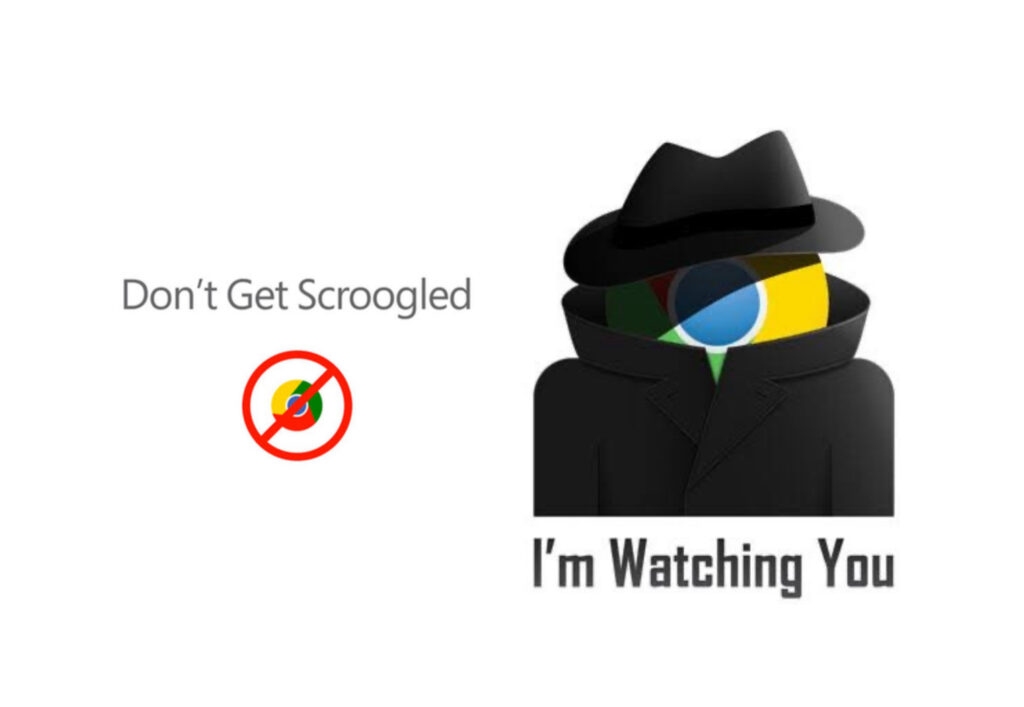
Microsoft launched a controversial campaign called “Scroogled”, aimed directly at Google’s business practices. The ads criticized Google for prioritizing paid ads in search results and for privacy concerns, encouraging users to switch to Microsoft’s Bing search engine. The campaign featured TV spots, merchandise, and websites that directly called out Google’s perceived flaws. While negative, the campaign served as a bold example of how brands can acknowledge their competitors openly, using their perceived weaknesses as a way to gain traction.
9. IKEA’s Response to Balenciaga’s $2,145 Bag (2017)
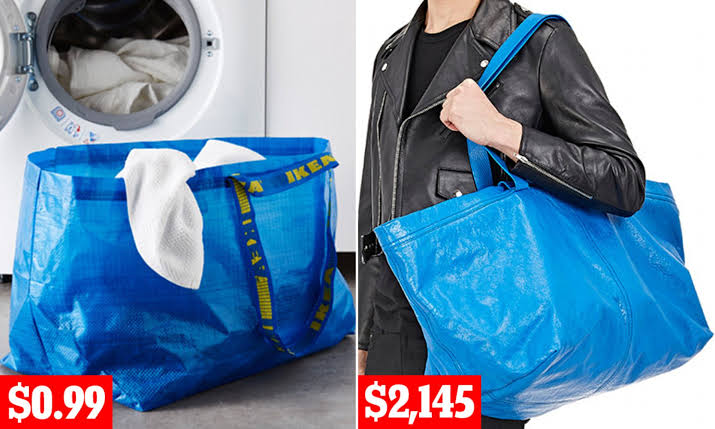
When luxury brand Balenciaga released a $2,145 blue bag that looked remarkably similar to IKEA’s iconic 99-cent FRAKTA bag, IKEA responded with a humorous campaign. They issued a mock ad showing how to identify a real FRAKTA bag, with lines like “Shake it. If it rustles, it’s the real deal”. The clever ad celebrated IKEA’s identity while humorously acknowledging a high-end competitor, turning what could have been a copycat controversy into a viral marketing success, showcasing how a budget-friendly brand could confidently engage with a luxury counterpart.
10. KFC’s “FCK” Apology Ad After Chicken Shortage (2018)
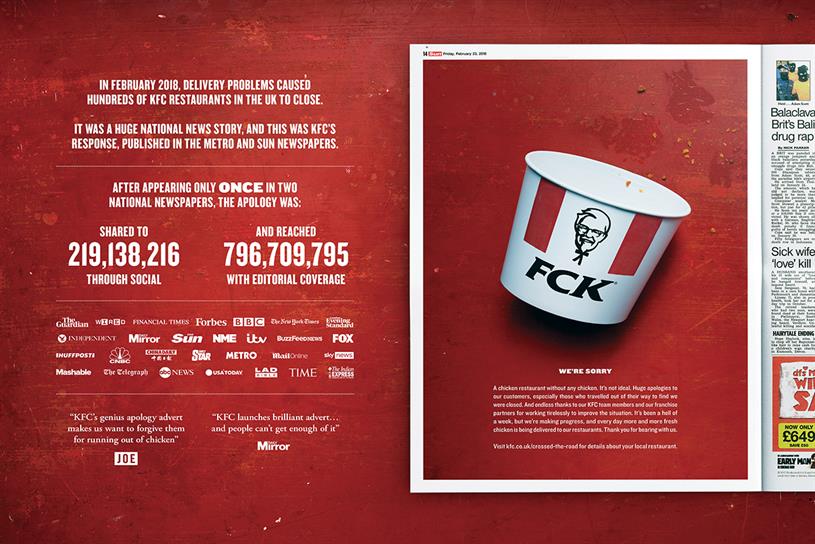
In 2018, KFC faced a significant crisis in the UK when a supply chain issue led to a shortage of chicken, forcing many locations to temporarily close. In response, KFC released an ad featuring a KFC bucket with the letters rearranged to read “FCK”, humorously acknowledging the error. The ad apologized to customers while subtly admitting that even a top brand could face challenges. It also acknowledged the competition (other fast-food chicken providers) who would benefit during KFC’s shortage. This clever move turned a negative situation into a marketing win by showing humility and humor.
Ways to your competitors for your marketing ->
1. Comparative Advertising
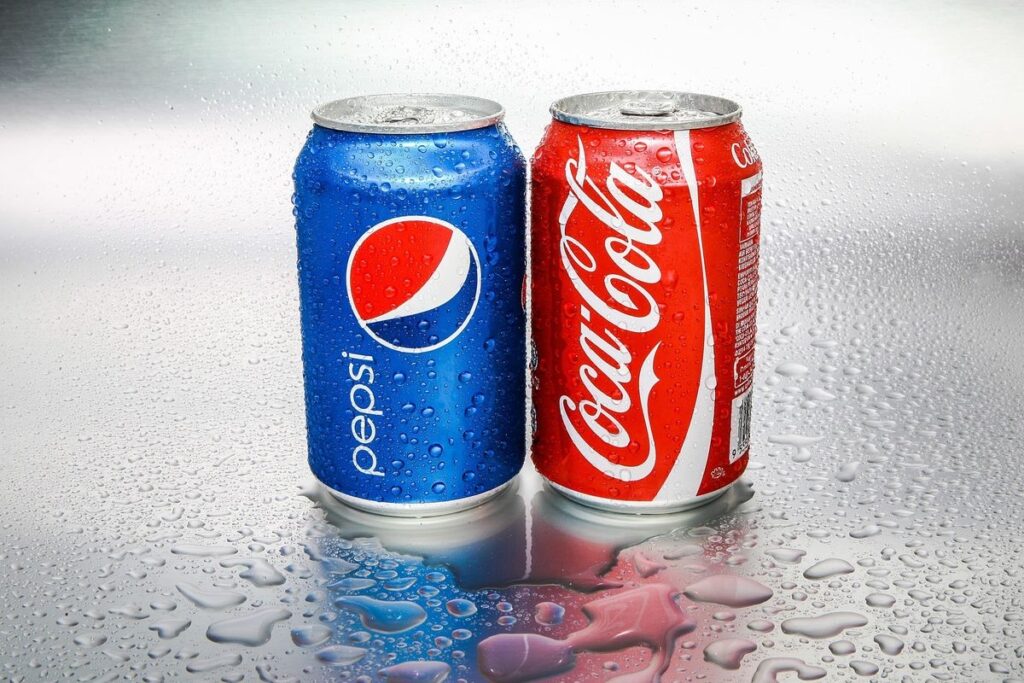
Directly compare your product or service to your competitor’s, emphasizing specific strengths you have over them—such as better quality, lower prices, unique features, or superior customer service. Ensure that comparisons are accurate and fair, highlighting your advantages without misleading claims. This approach can draw attention to why your brand is a better choice.
2. Engage in Real-Time Marketing

Capitalize on news or trending topics involving your competitors. If they launch a new product or have a campaign that’s generating buzz, create content that adds your brand’s voice to the conversation. This could involve a social media post, blog article, or advertisement that humorously responds or offers an alternative solution, driving traffic to your brand.
3. Leverage Customer Testimonials
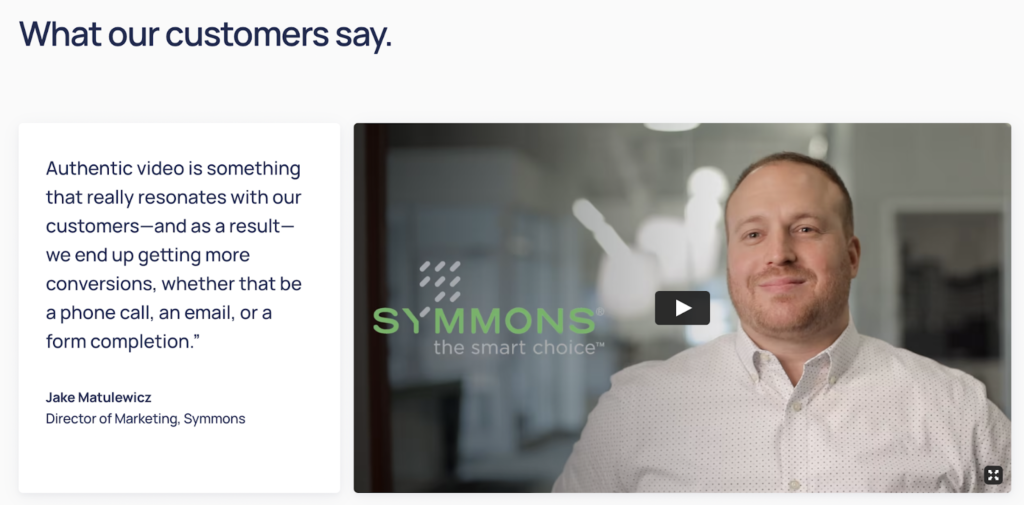
Encourage customers who have switched from a competitor to share their stories. Use these testimonials to highlight why they prefer your product, turning them into powerful endorsements. Share their experiences in your marketing materials, focusing on how your brand met their needs better.
4. Bid on Competitor Keywords in Digital Ads
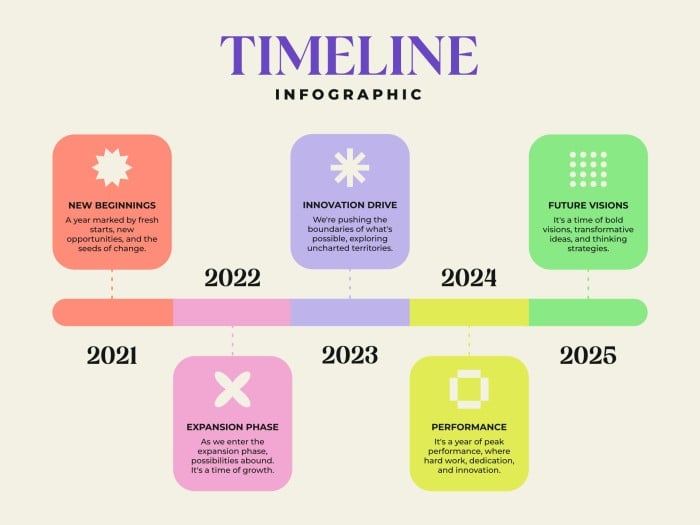
In online advertising, consider targeting your competitor’s brand names or product-specific terms as keywords. This way, when potential customers search for your competitors, they see your ad as a comparable or better alternative. Make sure your messaging clearly states why your brand stands out or offers a unique benefit.
5. Engage in Playful Brand Banter
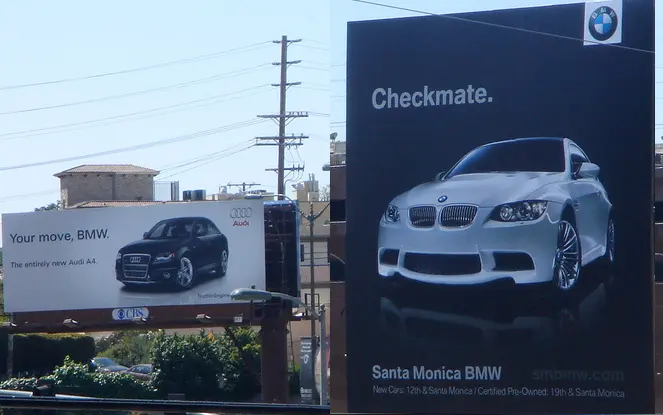
On social media, engage with your competitors in a friendly and humorous way. This can show your brand’s personality, create a sense of community, and appeal to your audience. Keep the tone light and entertaining, as overly aggressive tactics can backfire. This can generate a lot of organic interaction and draw in new followers. 6. Create Competitive Analysis Content Publish detailed comparisons between your product and your competitor’s. Whether it’s a blog post, video, or infographic, explain how your product addresses customer
pain points better. This not only positions you as a knowledgeable industry player but also attracts customers who are researching and weighing their options.
6. Create Competitive Analysis Content
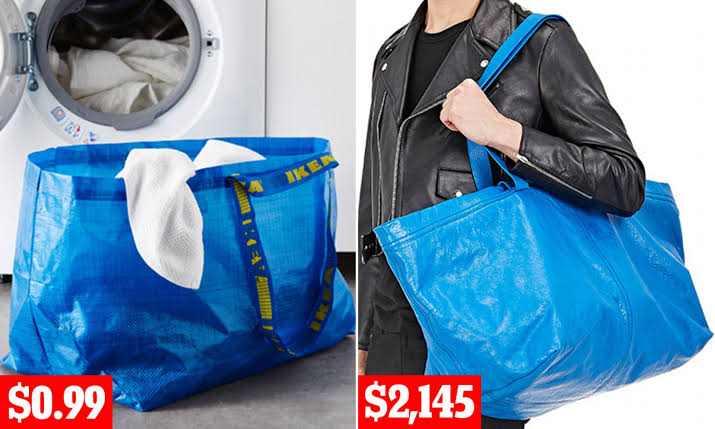
Publish detailed comparisons between your product and your competitor’s. Whether it’s a blog post, video, or
infographic, explain how your product addresses customer pain points better. This not only positions you as a knowledgeable industry player but also attracts customers who are researching and weighing their options.
7. Sponsor Events Your Competitors Are Involved In
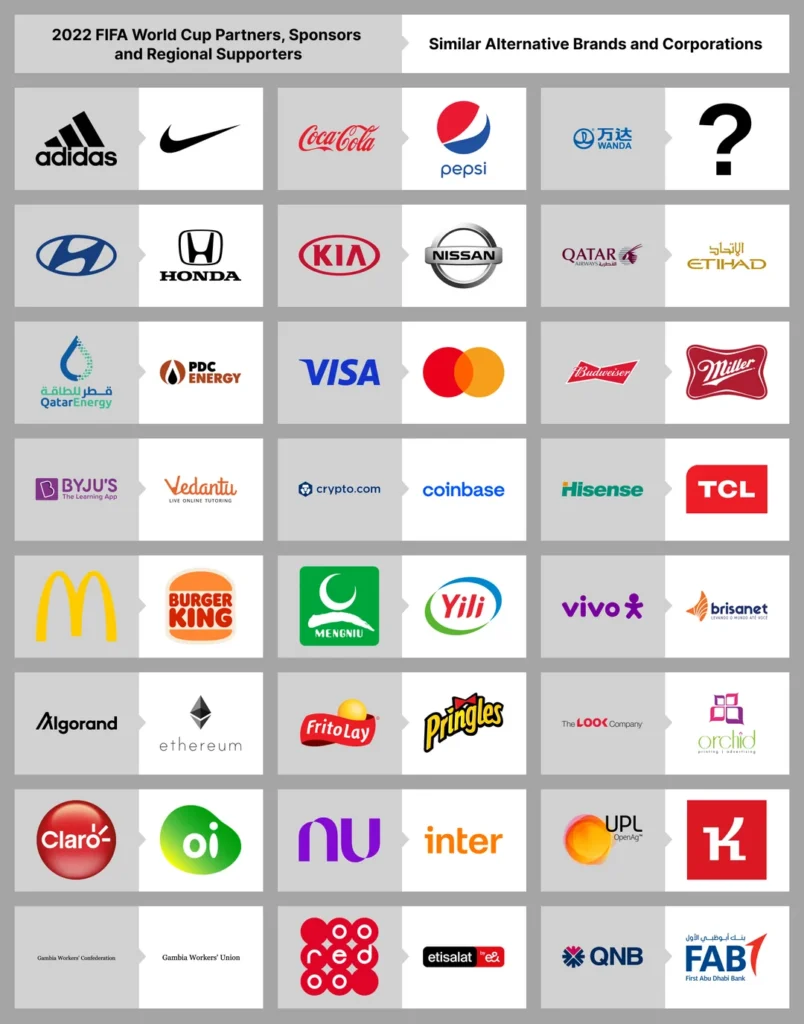
If a competitor is sponsoring or attending an industry event, consider participating as well. You can sponsor the same event, have a booth nearby, or host a complementary side- event. This allows you to be part of the same conversation and demonstrate why you’re a superior choice to the same target audience.
8. Run a Trade-In or Upgrade Program
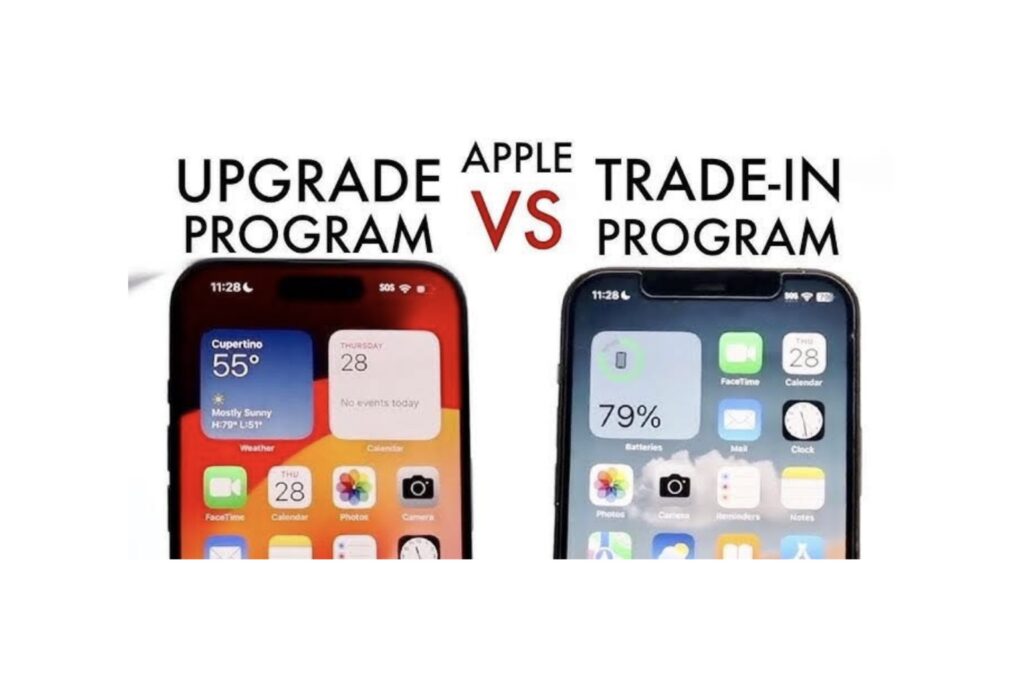
Offer a trade-in program where customers can exchange a competitor’s product for a discount on your own. This is effective if you have a product that’s seen as an upgrade or offers additional features. Use this as a way to highlight the differences and advantages your product has over competitors.
9. Address Competitor’s Weaknesses Without Naming Them
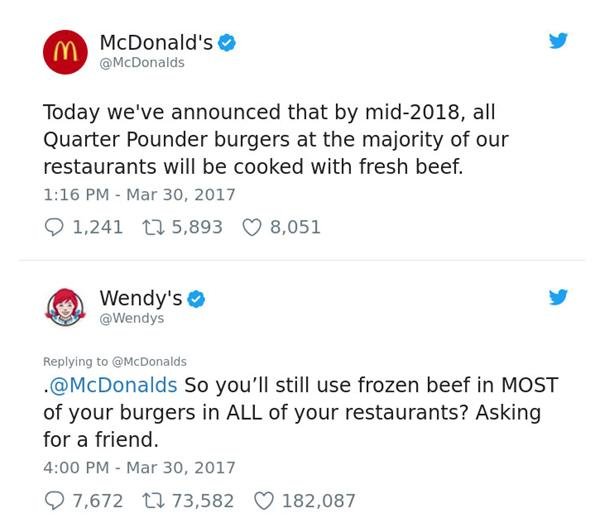
Monitor common complaints or negative feedback that customers have about competitors. Use this information to create targeted marketing campaigns that address those issues, positioning your brand as the better solution without directly calling out the competitor.
10. Collaborate for a Cause
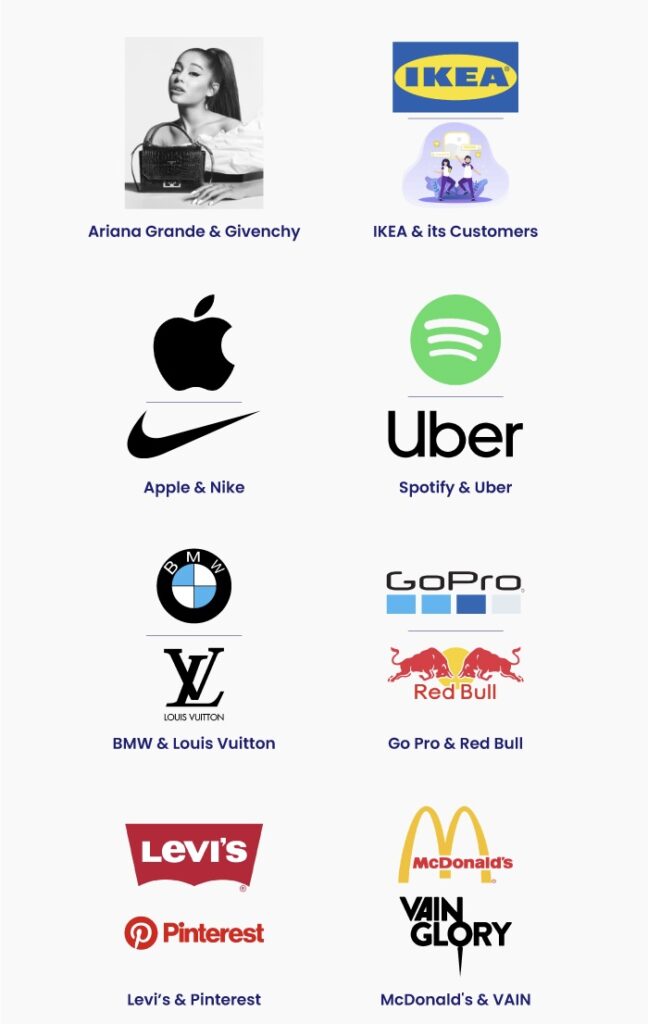
Consider partnering with a competitor for a charitable cause or a joint initiative that aligns with your brand values. This can enhance your reputation, show solidarity, and attract positive media coverage. Collaborating can create a sense of unity, drawing the attention of both your and your competitor’s audiences.